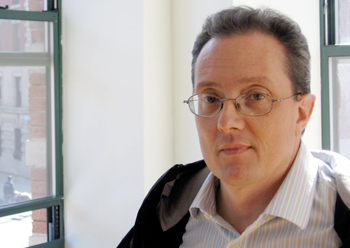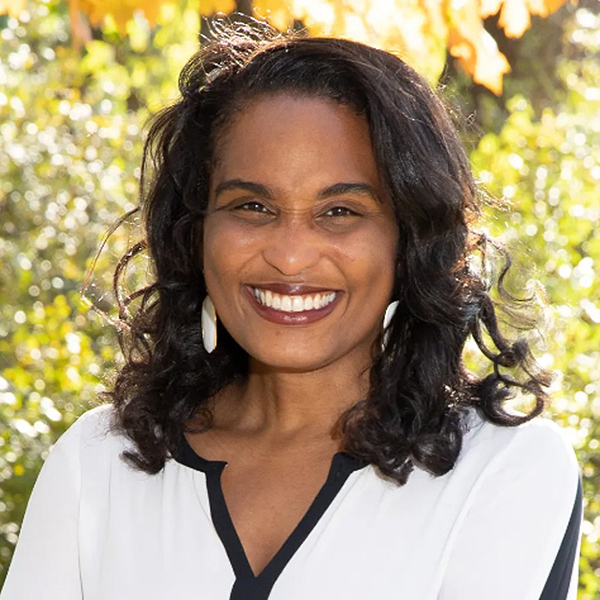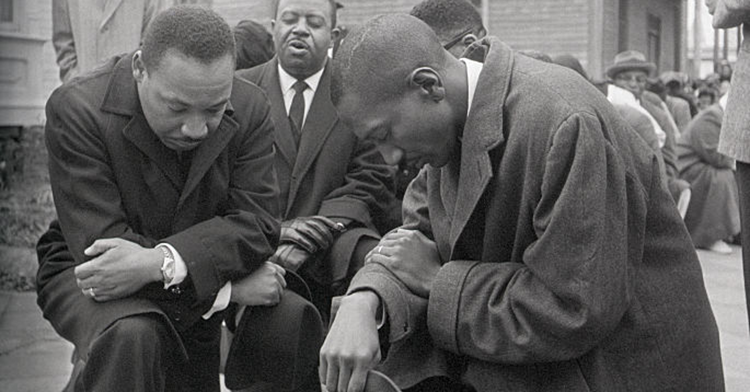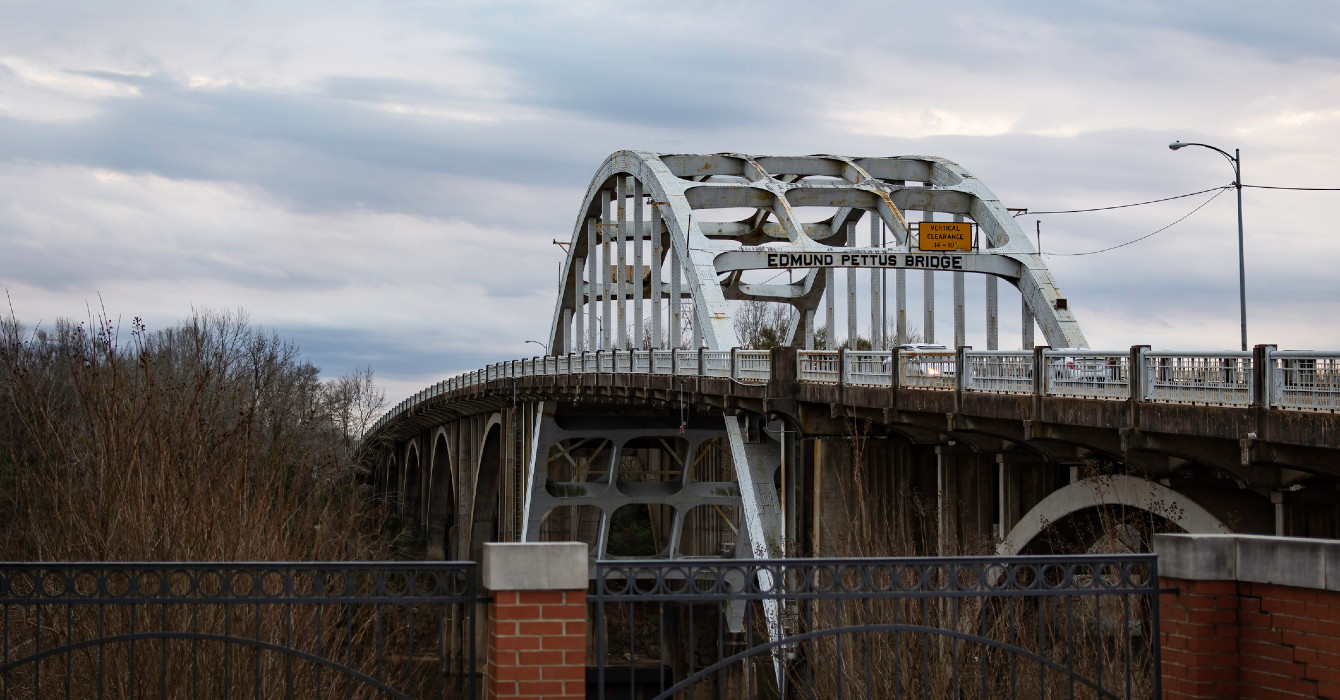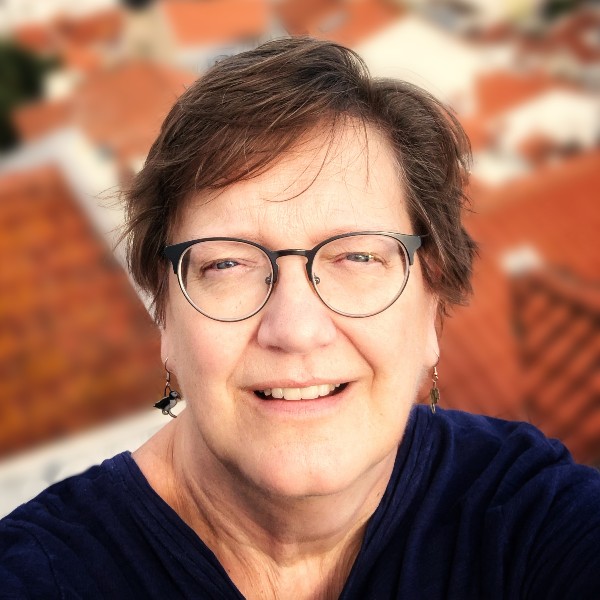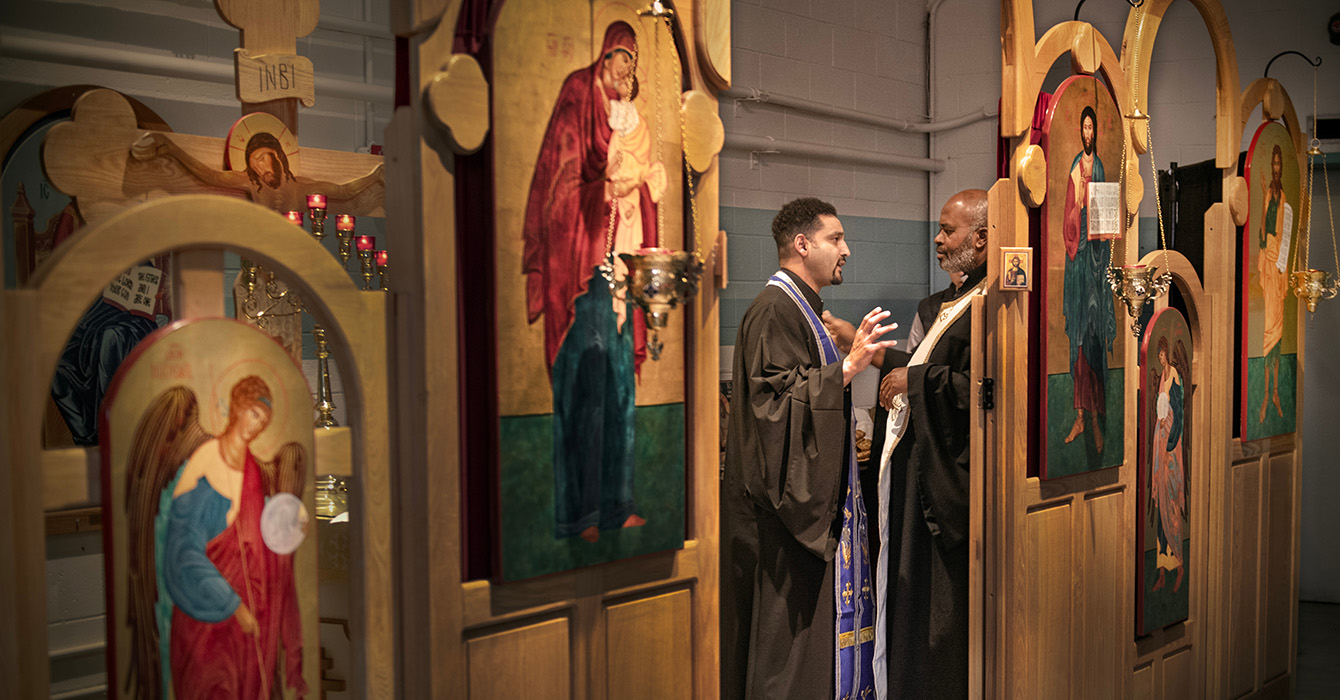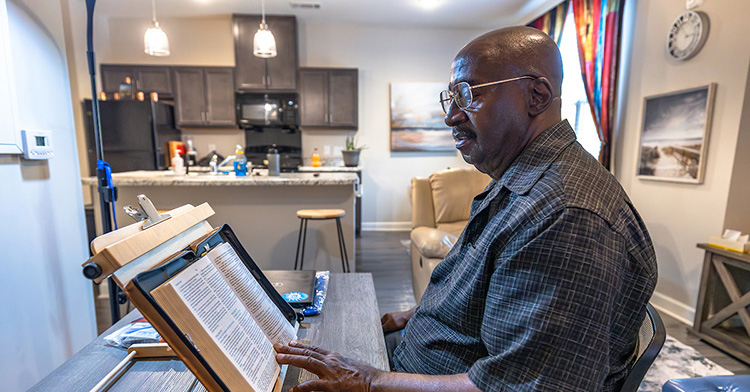When the Rev. Mark Gornik moved to New York in 1998, he did not intend to start a seminary. Instead, he went to help launch New Song Community Church in Harlem, a sister church to one he had co-founded in the Sandtown community in Baltimore a decade earlier. The first New Song church played an instrumental role in revitalizing a 12-block area in what had been one of Baltimore’s most neglected inner city neighborhoods.
But once in New York, Gornik stumbled onto an emerging vision of global Christianity that was taking place throughout the city. Soon, he was pursuing a Ph.D. in world Christianity and thinking about new ways of theological education designed to meet the needs of those doing ministry in New York’s ethnic and immigrant communities. In 2003, he launched City Seminary of New York, which he serves as director.
In an interview for a Faith & Leadership article about City Seminary, Gornik spoke about his ministry at New Song Community Church in Baltimore and the lessons he took with him to New York and to City Seminary.
Gornik has a B.A. from Covenant College, Lookout Mountain, Ga., an M.Div. from Westminster Theological Seminary, Philadelphia, and a Ph.D. from the University of Edinburgh. His new book, “Word Made Global: African Christianity in Motion,” is scheduled for publication next year from Eerdmans.
Q: Before you moved to New York, you spent a decade as co-founding pastor of a church in the Sandtown community in Baltimore. How did that work influence you?
Sandtown completely shaped me. It’s what formed me in my faith, by and large. I grew up in a Christian home in Baltimore, and that was crucial, of course. But in Sandtown I experienced a conversion from the community, from the people in Sandtown who gave me the opportunity to be their neighbor.
I went there with Susan and Allan Tibbells in 1986. We moved there as neighbors. A big influence on us was John Perkins and his work at Voice of Calvary [in Miss.] So, we lived there as neighbors, and we met as church in my home. Then we eventually got a building in the middle of the neighborhood, which we worked on.
Then we started working as a community-based church effort. We built a health center, a school, a job and economic development program, a housing organization, and we took 12 square blocks and worked really, really hard to see God’s peace in this 12 square blocks. Twenty-five years later, we’re still working on it. The project is still going with great passion and significance, but it’s a lot of work.
Q: What lessons if any did you bring from Sandtown to your work at City Seminary?
I learned about the importance of peacemaking as the central way of thinking about ministry in the city. I learned about doing grassroots ministry. City Seminary is very different. Obviously doing a seminary in a global city like New York is different from doing grassroots community development in an excluded urban neighborhood in Baltimore. But the underlying approach to ministry is much the same.
You trust in God to work at the grassroots. You look for signs of life in the city, and you build on what’s there. And you go with that. You work where God is working, and you nurture that along slowly.
And I am also a very big believer in building institutions. For us, we focused on institution building, which allows people with gifts and abilities to flourish.
Q: Why are institutions important?
At a community level, institutions are intermediary structures. They stand between individuals and large-scale forces. We need places where we can interact together in order to impact, to be effective with a lot of macro forces, whether economic or political. So at one level it’s crucial for society that we have strong, local institutions. It makes for a much healthier common life in the public sphere. But from a theological and ministry standpoint, institutions are the means of enabling people to flourish. You need strong institutions for sustainability and for the flourishing of gifts and abilities.
Q: In your book “To Live in Peace,” you write about the need for leadership development in urban ministry and call for new models of grassroots theological and missiological education. That’s basically what you’re doing with City Seminary. How did that one paragraph become your work?
I think that I’ve always known and believed that you have to do training for urban ministry in the context. That’s another lesson from Sandtown. You have to do everything yourself. Basically no one will raise money for you or train leadership for you. You have to gather resources for your vision, and you have to train leaders. Or recognize leaders -- that’s a better way of putting it. You have to provide room for leaders to develop. And you have to be able to recognize the gifts that are there. It’s not about developing leaders. I’m not sure you can train leadership. You can create space for leadership.
Q: When you came to New York you didn’t come with a goal of starting a seminary. So how did that happen?
I moved here in 1998 to start a second New Song, a sister church in Harlem. This building we’re in that houses City Seminary is a New Song community development project I worked on. We use this storefront for the seminary office and the rest of the building is affordable housing that we renovated and developed. New Song Church is up the street in another renovated building.
My wife, Rita, and I moved here to get it started but I was never the pastor. I came here to get it going and worked with a team of people and did infrastructure development. I worked in this building and then the other building for years. I did what was needed for a couple of years and began to think about what it would be like to do theological education in the city.
Q: Why?
At this point, I’m starting to see the city differently. As I’m winding down the New Song work, I’m sorting out what’s going on in New York. It’s undergoing an utter transformation in terms of church life. I saw what was happening in New York. There is a high percentage of people in ministry here who don’t have a traditional seminary education. I was asked to do some training for some churches and that gave me a chance to think about it. Mostly, I took a couple of years to think about what we could do and what would it be.
Q: I understand you began focusing on African congregations in New York, eventually doing a Ph.D. with Andrew Walls, founder of the Centre for the Study of World Christianity, at the University of Edinburgh.
Yes, a big piece of this was working with Andrew Walls. He has been a major influence, both on me and the seminary.
I’m here in New York, and I’m thinking this is different, what I’m seeing, in terms of demographics, and a lot of migration from places that are not traditional. So, I started looking at patterns of migration from Africa to New York. I started looking at the development of church movements from Africa.
And in the same way Sandtown was formative for me in understanding how ministry works, so was this. I entered into a 10-year process now, trying to understand African Christianity here in New York. I’m not quite done. In doing that, I got around the whole city, I got around every borough. I was in African churches, listening to people, seeing how the city worked, understanding the city through these church experiences. Understanding how faith operated in the city, how the city was operating.
So African churches in New York City helped me understand New York and they gave me a new way of seeing Christianity.
Q: How did the growth of African churches help you understand New York?
It shows you the relationship between New York and other cities. It shows you how people are both local and global in New York, how globalization is very much part of everyday life here. So what I was seeing in New York was global and interconnected and complex, and it raised questions for me.
In this complexity and intensity, how do families interact? Why do people come from around the world here and how does that work and how are churches operating? Is it crushing them? Are they thriving?
It was a blank slate, and I found it was an extraordinary story of how faith was moving around the world. So I was able in New York, through the eyes of faith, to look at work patterns, labor markets, communications. There’s really not much I didn’t get to see through that lens. This sort of ethnographic work that went on for years was what shaped me, theologically and sociologically as a Christian in the city.
Q: And this became your Ph.D. work?
Yes, when I decided to stay in New York, I said, OK, I want to work to work with Andrew Walls. He had been retired but was coming to teach at Princeton seminary for a year. I wrote to him and said, “I think what you’re writing about is what I’m seeing in New York. Can you help me understand it?”
I went to Princeton and started sitting in on his courses. And about the fourth or fifth year, he was still there, so I enrolled and wrote my thesis and I realized this is what I wanted to do. When he left Princeton to return to Edinburgh, I decided to go there to continue my research and complete a Ph.D.
So Rita, and I and our son, Peter, moved to Scotland and took a pause from the work here. We were getting ready to start the seminary but I realized that if I was going to do that, then I needed to go to Edinburgh and get the Ph.D. -- not to get the credential but so I can understand this. So we moved to Scotland and our son, Daniel, was born there. I took the boards, came back here, continued my field work and commuted back and forth. And I continued to work on it while we were launching the seminary.
And like Sandtown and New Song Community Church and working and writing about the African churches in New York shaped me, so, too, did the community that was forming around City Seminary. The students have profoundly shaped me. I don’t think about them as students. They’re smarter than me about this. When working with adults in ministry, no teacher is an expert. They all have something to contribute. So I’m really being shaped and moved by them.

